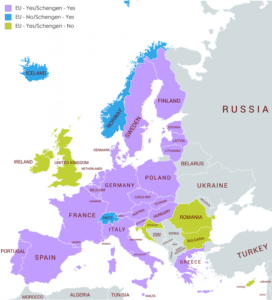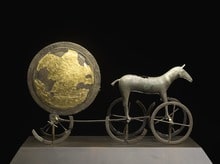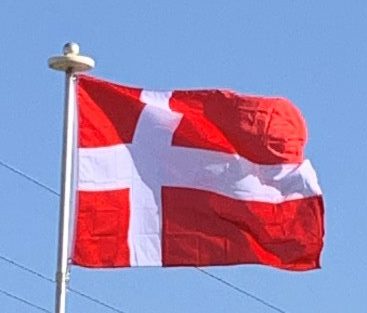
Denmark is considered to be one of the most economically and socially developed countries in the world. Danes enjoy a high standard of living and the country ranks highly in some metrics of national performance, including education, health care, protection of civil liberties, democratic governance, LGBT equality, prosperity, and human development. The country ranks as having the world’s highest social mobility, a high level of income equality, has the lowest perceived level of corruption in the world, the eleventh-most developed in the world, has one of the world’s highest per-capita incomes, and one of the world’s highest personal income tax rates.
Etymology:
The etymology of the name “Denmark”, the relationship between “Danes” and “Denmark”, and the emergence of Denmark as a unified kingdom are topics of continuous scholarly debate. This is centered primarily on the prefix “Dan” and whether it refers to the Dani or a historical person Dan and the exact meaning of the -“mark” ending.
Most etymological dictionaries and handbooks derive “Dan” from a word meaning “flat land”, related to German Tenne “threshing floor”, English den “cave”. The element mark is believed to mean woodland or borderland, with probable references to the border forests in south Schleswig.
The first recorded use of the word Danmark within Denmark itself is found on the two Jelling stones, which are runestones believed to have been erected by Gorm the Old (c.?955) and Harald Bluetooth (c.?965). The larger of the two stones is popularly cited as the “baptismal certificate” (dåbsattest) of Denmark, though both use the word “Denmark”, in the accusative tanmaurk on the large stone, and the genitive “tanmarkar” on the small stone, The inhabitants of Denmark are there called tani , or “Danes”, in the accusative.
History:
Prehistory:
The earliest archaeological finds in Denmark date back to the Eem inter-glacial period from 130,000–110,000 BC. Denmark has been inhabited since around 12,500 BC and agriculture has been evident since 3900 BC. The Nordic Bronze Age (1800–600 BC) in Denmark was marked by burial mounds, which left an abundance of findings including lurs and the Sun Chariot.
During the Pre-Roman Iron Age (500 BC – AD 1), native groups began migrating south, and the first tribal Danes came to the country between the Pre-Roman and the Germanic Iron Age, in the Roman Iron Age (AD 1–400). The Roman provinces maintained trade routes and relations with native tribes in Denmark, and Roman coins have been found in Denmark. Evidence of strong Celtic cultural influence dates from this period in Denmark and much of North-West Europe and is among other things reflected in the finding of the Gundestrup cauldron.

The tribal Danes came from the east Danish islands (Zealand) and Scania and spoke an early form of North Germanic. Historians believe that before their arrival, most of Jutland and the nearest islands were settled by tribal Jutes. The Jutes migrated to Great Britain eventually, some as mercenaries of Brythonic King Vortigern, and were granted the south-eastern territories of Kent, the Isle of Wight and other areas, where they settled. They were later absorbed or ethnically cleansed by the invading Angles and Saxons, who formed the Anglo-Saxons. The remaining Jutish population in Jutland assimilated in with the settling Danes.
